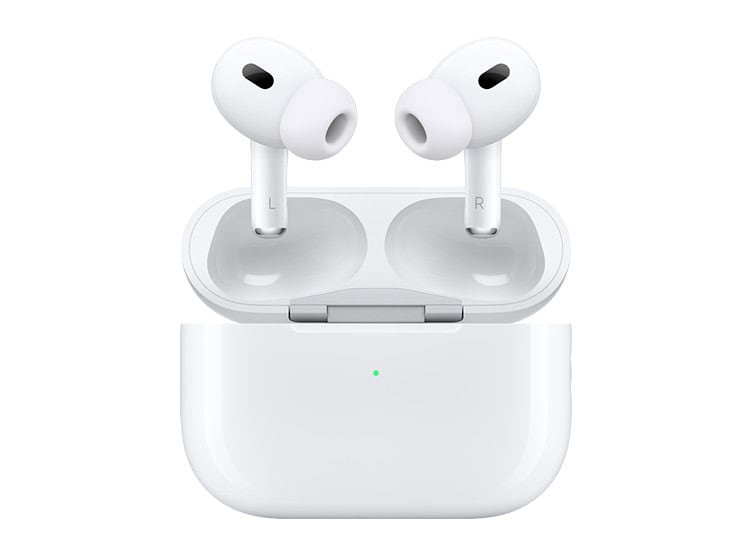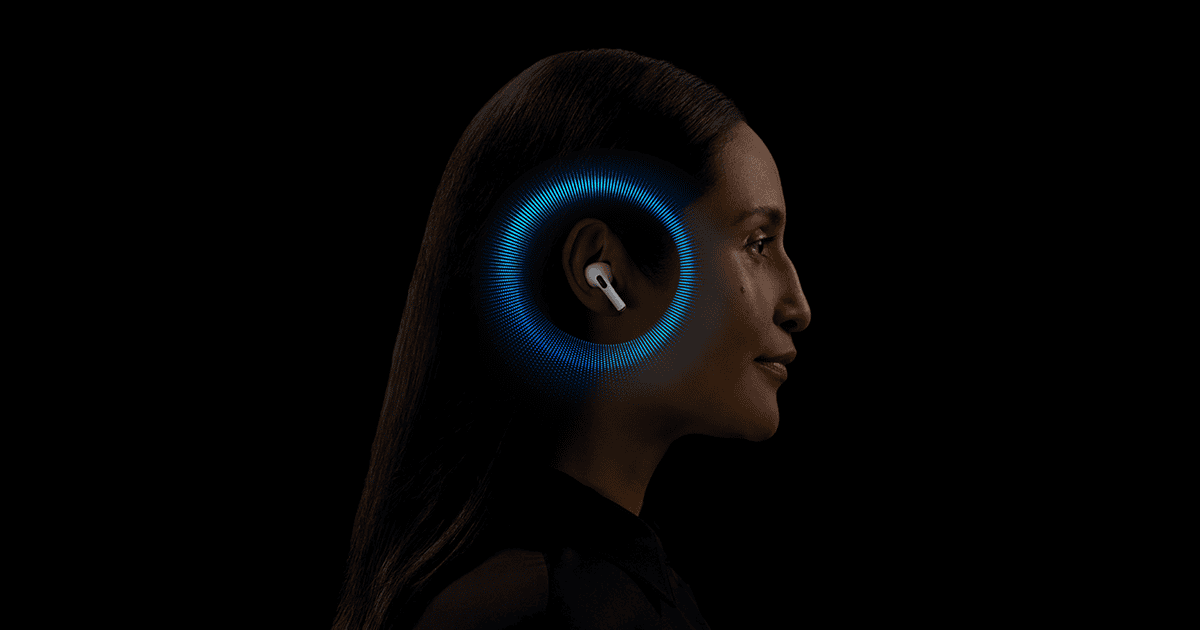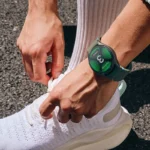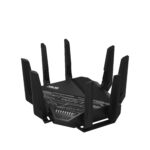Apple’s AirPods Pro 2 have officially crossed the threshold from consumer tech into health tech. With a recent software update, they now function as FDA-registered over-the-counter (OTC) hearing aids—making Apple one of the first major tech companies to enter the hearing health space in such a direct and disruptive way. This isn’t just about incremental feature updates—this is about fundamentally rethinking what a pair of earbuds can do.
AirPods as Hearing Aids: A Major Step for Accessibility
The move transforms AirPods Pro 2 from noise-canceling earbuds into multifunctional health devices. Thanks to a combination of hardware already embedded in the second-gen AirPods Pro—like the H2 chip and adaptive microphones—and newly introduced software capabilities, they now offer features typically found in dedicated hearing aids. This positions Apple not just as a maker of premium earbuds, but as a player in the medical device market.
What’s more, they achieve this without changing the look or feel of AirPods. Users get assistance without drawing attention, helping dismantle the stigma that sometimes accompanies traditional hearing aid use.

The Features That Matter Most
Apple’s update brings an array of sophisticated tools that rival what’s found in purpose-built hearing aids—at a fraction of the cost:
- In-App Hearing Test: Users can perform a quick test through their iPhone or iPad to create a personalized audio profile. This test mimics what you’d experience at an audiologist’s office, using calibrated frequencies to measure hearing sensitivity.
- Custom Amplification: Based on your hearing profile or a professionally uploaded audiogram, the AirPods adjust sounds in real time. Higher frequencies—where age-related hearing loss often starts—can be specifically targeted and boosted.
- Hearing Aid Mode: A new preset listening profile optimizes audio for speech clarity and ambient sound enhancement, giving users clearer conversations and awareness in various environments.
- Conversation Boost: This feature uses beamforming microphones to zero in on voices directly in front of you. It’s especially helpful in crowded rooms, coffee shops, or anywhere background noise makes conversation difficult.
- Enhanced Transparency Mode: Originally designed for environmental awareness, this mode now works with the user’s hearing profile to amplify speech and relevant ambient sounds.
- Media Assist: Apple didn’t stop at environmental sound. With Media Assist, your personalized hearing settings extend to music, podcasts, FaceTime, and even phone calls—ensuring consistent clarity across all forms of listening.
- Adaptive Hearing Protection: Apple is also addressing hearing preservation. The AirPods Pro 2 analyze your environment in real-time, lowering dangerously loud sounds like sirens or heavy machinery to prevent further hearing damage.
- iOS Integration: All of this is tightly woven into iOS. From the Control Center or Accessibility settings, users can fine-tune balance, amplification levels, or switch between modes—making the experience simple and accessible.

Who Stands to Benefit?
This breakthrough is aimed at the millions of adults—particularly those over 40—who experience mild to moderate hearing loss but haven’t taken steps toward treatment. According to the WHO, over 1.5 billion people globally experience some degree of hearing loss, but most don’t use hearing aids due to cost, stigma, or inconvenience. Apple’s move tackles all three.
- Younger users who don’t want the look of a traditional hearing aid.
- Older adults seeking a first step into hearing support without visiting a specialist.
- People in noisy work or social environments who want clearer day-to-day conversations.
- Anyone with high-frequency hearing loss (common with age or noise exposure) who needs clarity.
What You Should Know Before Relying on Them
While promising, there are some important caveats:
- Not a substitute for full diagnostic care. AirPods Pro 2 offer screening, not full hearing evaluations. They’re a starting point—not a replacement for an audiologist’s guidance.
- Best for mild to moderate loss. These features aren’t built for those with severe hearing impairment who may need custom-molded devices and higher levels of amplification.
- Geographic limitations. While available in the U.S. and Canada, the rollout depends on local medical device regulations. Global availability may take time.
- Device requirements. You’ll need a recent iPhone or iPad running iOS 18.1 or later to access these features.
How This Changes the Game
Apple’s move mirrors what they’ve done with the Apple Watch: take a specialized medical function and bake it into consumer tech, making it more mainstream. And much like ECG and blood oxygen monitoring, hearing assistance is now part of that ecosystem.
- Disruption in the hearing aid industry: Companies like Starkey, Phonak, and Oticon may feel pressure to compete on pricing and design.
- Encouraging earlier intervention: Millions delay treatment out of denial or embarrassment. Apple’s tech lowers that barrier.
- A new category for wearables: With AirPods increasingly functioning as health monitors (and potentially heart rate and temperature sensors coming in AirPods Pro 3), we’re seeing the rise of a “hearable” health device.
Looking Ahead
Apple is reportedly testing even more advanced biometric sensors for future AirPods, including heart rate and in-ear temperature monitoring. That would position them closer to full-fledged health monitoring platforms—like the Apple Watch, but for your ears.
As software updates roll out and regulatory clearances expand, expect more features, broader availability, and tighter integration with Apple Health. AirPods aren’t just getting smarter—they’re becoming a tool for personal well-being.
Apple didn’t just improve the AirPods Pro 2—they changed what people can expect from their earbuds. This isn’t just innovation. It’s a quiet revolution.
Key Takeaways
- Apple is repositioning AirPods as health management devices with features like heart rate monitoring and hearing aid functionality.
- The addition of health features to AirPods follows Apple’s successful strategy with the Apple Watch.
- Future AirPods may include more advanced sensors and possibly even camera vision technology to expand their health monitoring capabilities.
Innovating Hearing Health with AirPods
Apple is making AirPods more than just music players. The company plans to turn these popular wireless earbuds into tools for managing health, similar to how the Apple Watch became a health tracker. Future AirPods may include health sensors that could monitor heart rate and other vital signs, transforming them from basic earbuds into useful health monitors. This move fits with Apple’s role as a leader in wearable health technology.
Apple has already taken steps in this direction by adding features that let some AirPods work as hearing aids through a free software update. This option is much more affordable than many hearing aids available in stores. With these new health features, Apple expects to see an increase in AirPods sales in the coming years. The company wants to position AirPods as essential health devices that people can wear all day, not just for listening to music or making calls, but for ongoing health monitoring and management.
Apple is transforming AirPods beyond simple audio devices into comprehensive hearing health tools. The company has made significant advances in addressing hearing challenges while expanding the functionality of its wireless earbuds.
The Evolution of AirPods into Health Devices
AirPods have grown from basic wireless earbuds into sophisticated health management tools. The latest AirPods now include built-in hearing aids, announced in September 2024. This marks a major shift in how consumers can access hearing assistance technology.
The AirPods Pro 2 received a free software update that created the world’s first end-to-end hearing health experience. This update helps users minimize exposure to loud sounds that could damage hearing.
Features like Conversation Boost help people with mild hearing difficulties by amplifying voices of people directly in front of the user. Apple developed these features in their Audio Lab, which serves as the hub for design and validation of all Apple products with speakers or microphones.
The move to create Over-The-Counter hearing aids in AirPods makes hearing assistance more accessible and reduces the stigma often associated with traditional hearing aids.
Apple’s Health Ecosystem Integration
AirPods’ hearing features connect seamlessly with other Apple devices to create a comprehensive health monitoring system. The hearing health functionality builds on Apple’s success with health features in the Apple Watch and iPhone.
The earbuds can now:
- Monitor environmental noise levels
- Alert users to potentially harmful sound exposure
- Provide hearing tests
- Adjust audio based on individual hearing profiles
These features work with the Health app to track hearing health over time. Users can view patterns and receive notifications when they’ve been exposed to high noise levels for extended periods.
Apple Intelligence enhances these capabilities by allowing the AirPods to make smart adjustments based on the user’s environment and needs. The system learns from usage patterns to provide personalized hearing assistance.
This integration positions AirPods as a natural extension of Apple’s health ecosystem, turning them into another health success story alongside the Apple Watch.
Understanding the Market and Regulatory Landscape
Apple’s push into health-focused AirPods requires careful analysis of market dynamics and complex regulatory requirements. The company must position its products strategically while ensuring compliance with health device regulations.
Competitive Analysis of the Bluetooth Headset Market
The Bluetooth headset market is currently experiencing significant growth, with Apple maintaining dominance despite increased competition. In Q3 2024, the global smart personal audio market saw a 15% year-on-year growth, reaching 126 million units shipped, with Apple continuing to lead through its AirPods and Beats products.
Competitors like Bose have already entered the health-enabled headphone space, offering features that overlap with Apple’s planned health functions. This competition creates pressure for Apple to differentiate its offerings.
Key market trends include:
- Expanding price points: Apple plans to release cheaper AirPods models to reach more consumers
- Health feature integration: Expected to drive growth in AirPods shipments
- Manufacturing partnerships: Goertek’s new contracts with Apple for 2026 suggest continued innovation
Navigating FDA Regulations and the OTC Hearing Aid Space
The FDA created a new category for Over-The-Counter (OTC) hearing aids in 2022, opening opportunities for consumer electronics companies to enter the hearing health market without prescription requirements. This regulatory shift allows Apple to position enhanced AirPods as hearing health devices.
For Apple to succeed in this space, it must:
- Ensure compliance with FDA guidelines for OTC hearing aids
- Distinguish its offerings from traditional hearing aids while providing genuine hearing benefits
- Balance health claims with regulatory limitations
Apple might include features like basic hearing tests and adjustments for moderate hearing loss. Body temperature sensing capabilities would require separate FDA clearance as a medical device.
The company must carefully market these features to avoid making medical claims that would trigger stricter regulations while still highlighting health benefits that differentiate AirPods from standard headphones.







